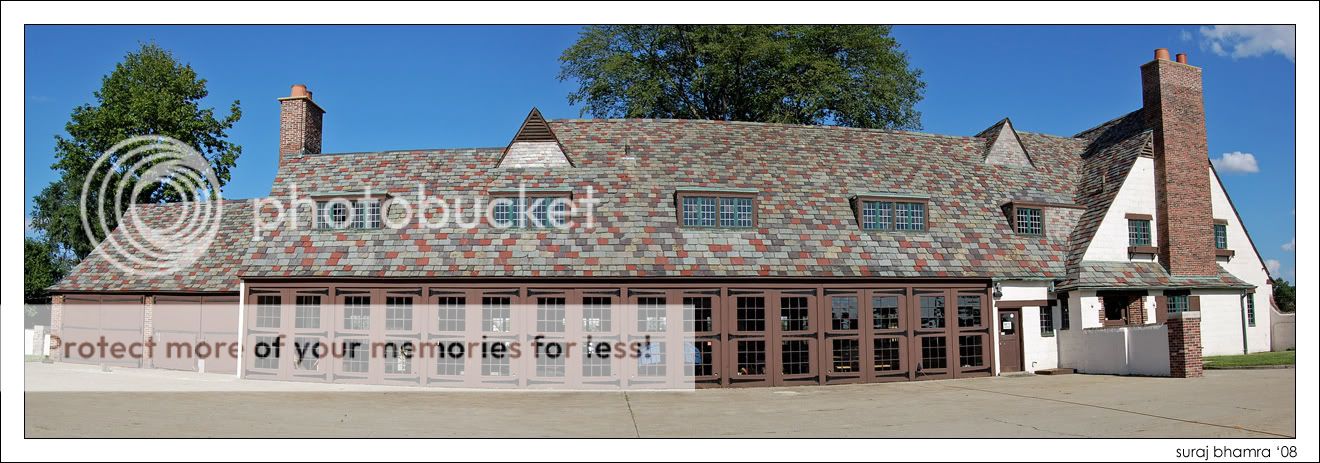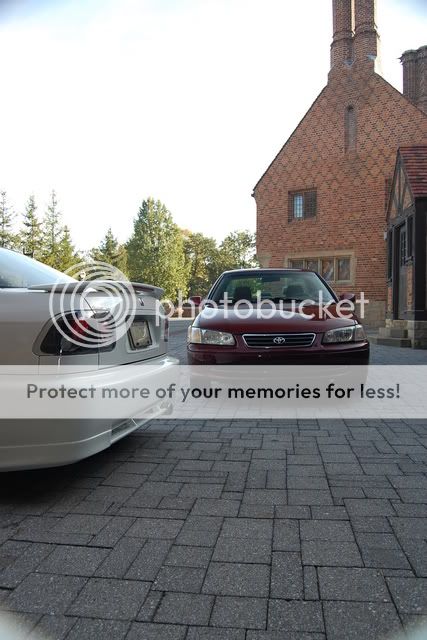tron
TPF Noob!
- Joined
- Apr 26, 2008
- Messages
- 352
- Reaction score
- 6
- Location
- Michigan
- Can others edit my Photos
- Photos NOT OK to edit
so ive been getting a lot of blown out skies lately (even while using polarizer filters and nd filters).
i read that it might have to do with the cameras metering abilities, so i was thinking if i meter and lock off an 18% grey card will it help even out my exposure? right now im using my camera as a light meter and spot metering to see if theres too much contrast between my highlights and shadows. if there is i try to use an nd2, nd4, or nd8 filter. would it justbe more effective to use a grey card?
thanks
i read that it might have to do with the cameras metering abilities, so i was thinking if i meter and lock off an 18% grey card will it help even out my exposure? right now im using my camera as a light meter and spot metering to see if theres too much contrast between my highlights and shadows. if there is i try to use an nd2, nd4, or nd8 filter. would it justbe more effective to use a grey card?
thanks














